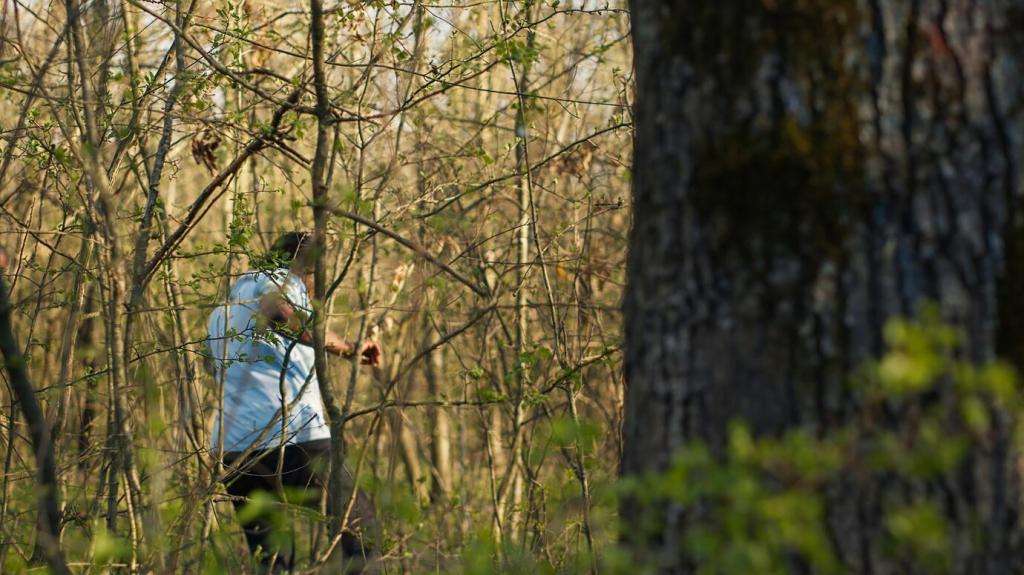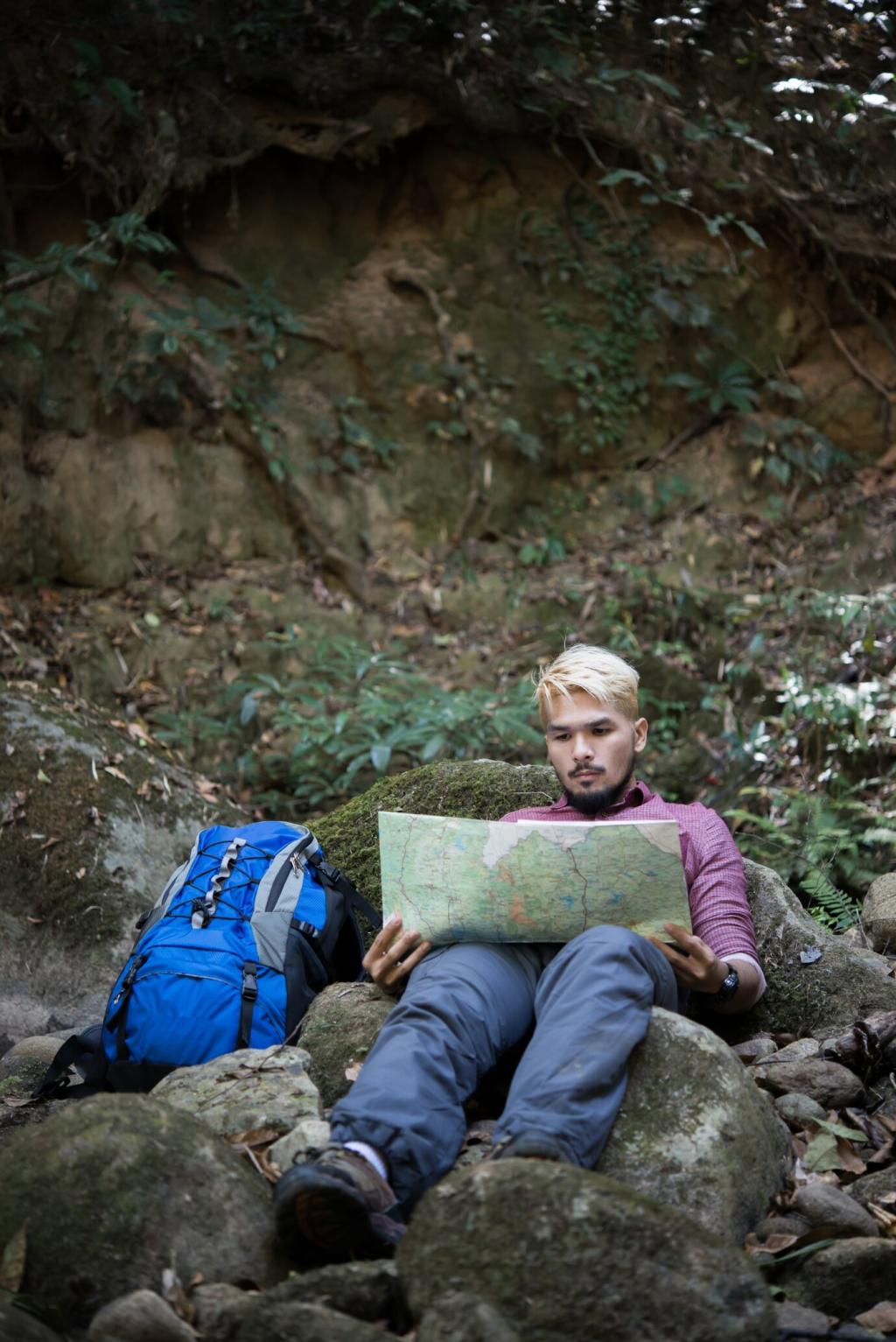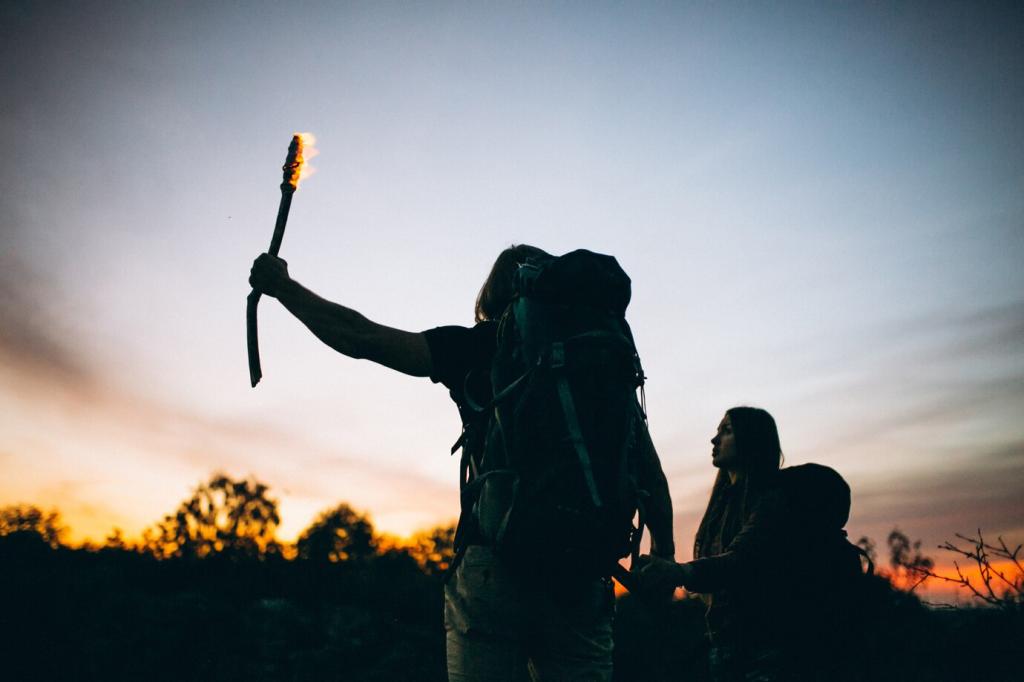
Camouflage and Concealment Strategies: Blend In, See More, Disturb Less
Today’s chosen theme: Camouflage and Concealment Strategies. Join us for an inspiring dive into color, pattern, light, and quiet presence—practical, ethical approaches to blending with environments for wildlife observation, photography, field research, and creative exploration. Subscribe to follow every new insight.
Color Matching and Contrast Control
Camouflage starts with context: match dominant background hues, but prioritize contrast reduction over perfect color. Slightly desaturated tones often read as more natural. Test swatches outdoors; lighting can shift colors dramatically between shade, overcast skies, and golden hour.
Pattern Disruption Over Exact Imitation
Breaking up recognizable outlines matters more than copying a leaf’s exact shape. Disruptive patterns scatter the eye, making edges ambiguous at distance. Combine mid-size shapes with micro-texture to keep forms from popping against mixed backgrounds.
Woodland, Wetland, and Desert Nuance
Woodlands reward layered greens and bark browns, but wetlands reflect sky color onto reeds, shifting tones cooler. Deserts aren’t just tan—iron-rich soils, scrub shadows, and pebbled ground introduce slate, rust, and subtle purples at dusk.
Seasonal Palettes and Transitional Windows
Spring greens are vivid and glossy; autumn introduces matte textures and russets. The trickiest weeks are transitions, when patches of old and new overlap. Build modular accents you can add or remove in seconds.
Light, Shadow, and the Geometry of Shade
Morning light is lateral, exaggerating texture and casting long shadows that reveal edges. Midday flattens forms but amplifies glare. Favor broken shade, where dappled patterns scatter highlights and reduce your silhouette’s readable consistency.
The ghillie tradition began with keepers blending into moorland heather. Today’s versions favor sparse jute, netting, and synthetic raffia. Keep coverage focused on shoulders, head, and pack—where recognizable shapes betray human outline first.
Ghillie Wisdom: Lightweight, Ethical, and Practical
Overbuilt suits trap heat and snag. Use airy base layers, modular veils, and detachable tassels. Reinforce high-wear panels, streamline the back for sitting, and prioritize safe movement over maximal coverage you’ll end up discarding anyway.
Ghillie Wisdom: Lightweight, Ethical, and Practical
Urban and Industrial Concealment, Ethically Applied
Urban backgrounds reward mid-gray palettes that echo concrete and steel. Micro-speckle patterns mirror aggregate surfaces. Break vertical lines with diagonal accents so your outline doesn’t echo doorframes, scaffolding, or fencing geometry.
Lessons from Nature’s Camouflage Masters
Cephalopods and Dynamic Texture
Cuttlefish and octopuses shift color and mimic texture with papillae. We can’t morph, but we can echo their principle: adjust micro-texture and tone rapidly with modular covers, achieving convincing harmony across varied substrates.



Quiet Craft: Scent, Sound, and Patient Timing
Use wind as a shield, staying downwind of sensitive species. Avoid strong detergents and fragrances. Natural fabrics that breathe reduce heat plumes, which can carry scent unpredictably in swirling terrain features.
Quiet Craft: Scent, Sound, and Patient Timing
Cloth-on-cloth rustles less than plastics. Tape buckles, pad zipper pulls, and test gear while walking. Practice mindful footfalls—rolling steps reduce snapping twigs. Quiet doesn’t mean rigid; relaxed movement reads as environmental, not intrusive.
